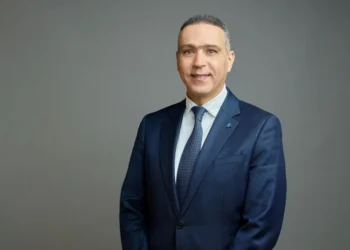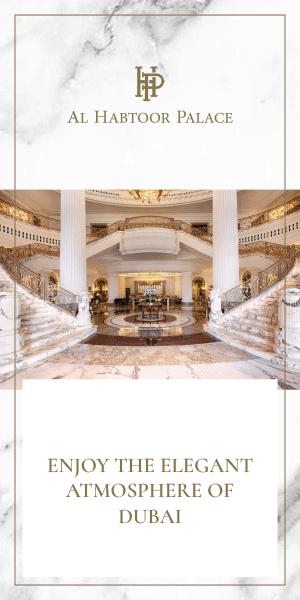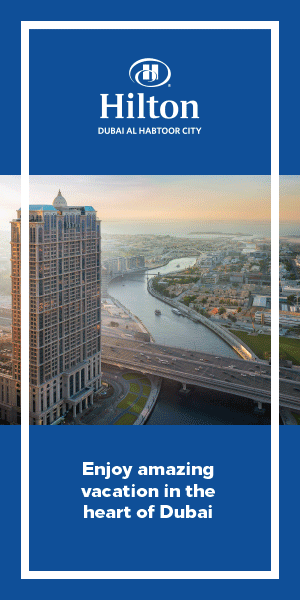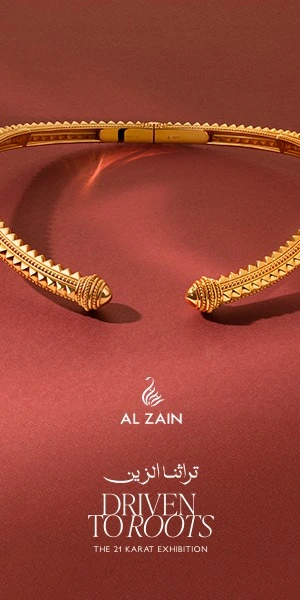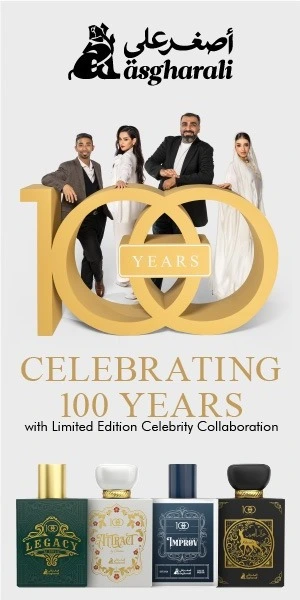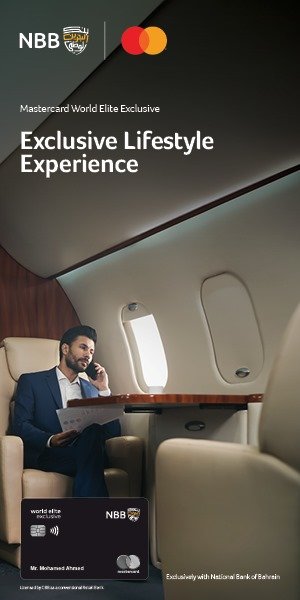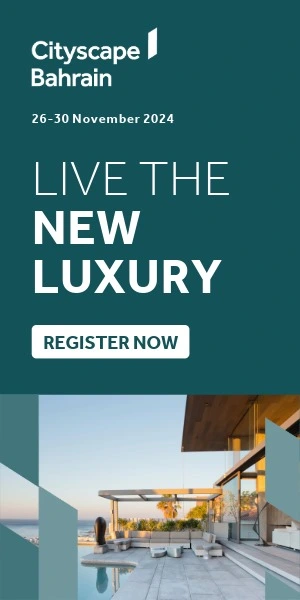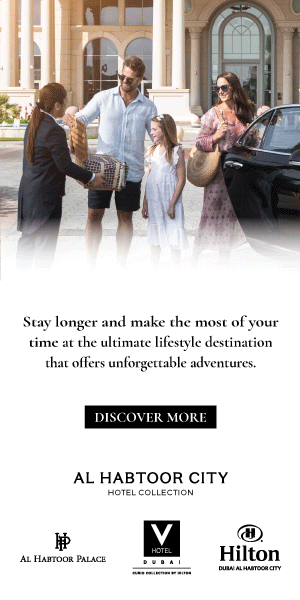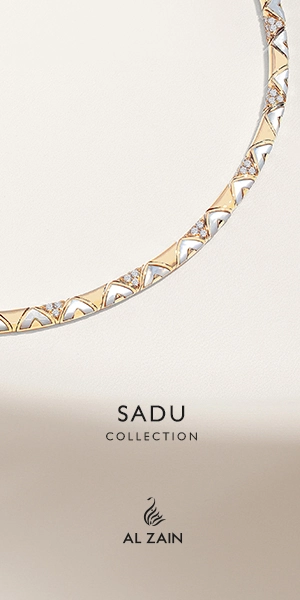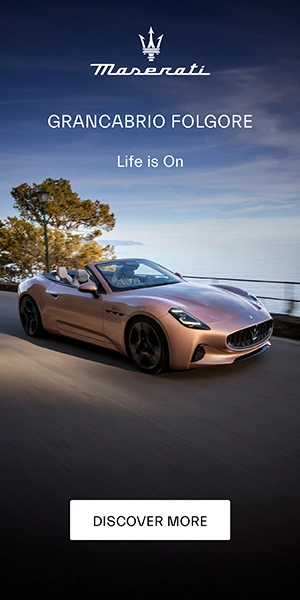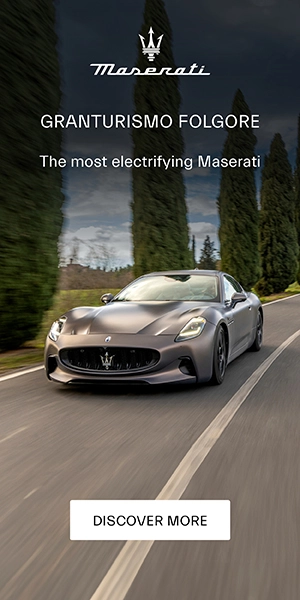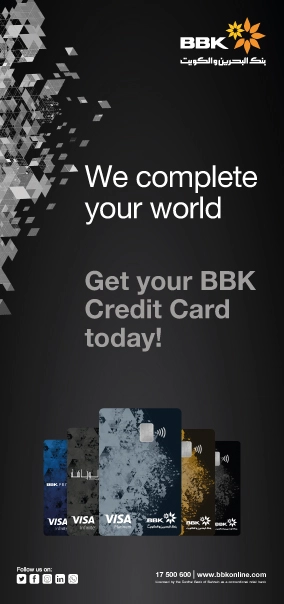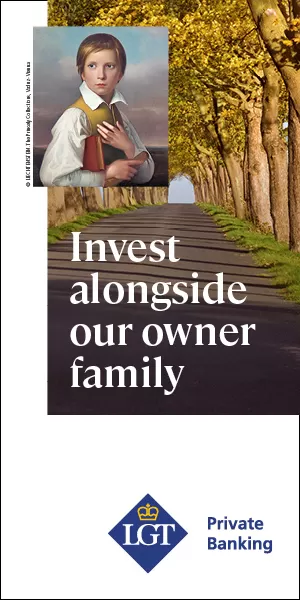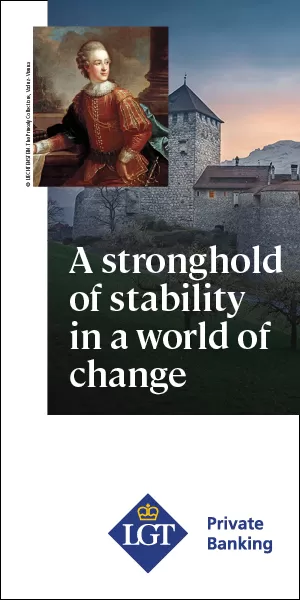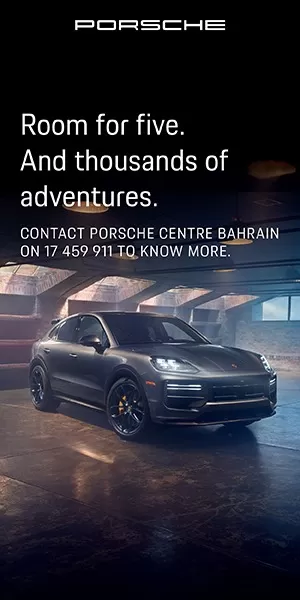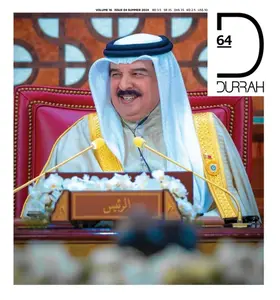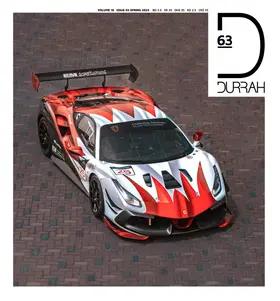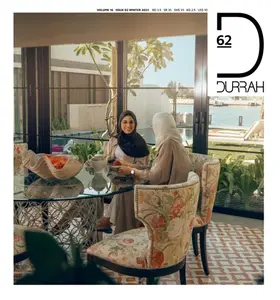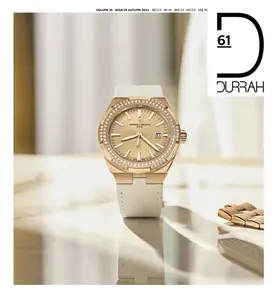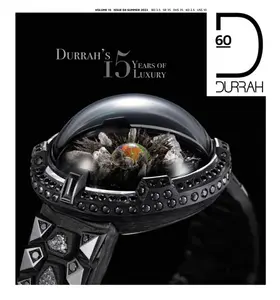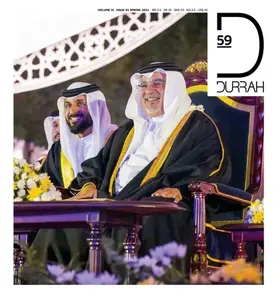Curating Unforgettable Experiences
AlUla is emerging as a premier destination, blending rich heritage, luxury, and sustainability. Melanie deSouza, Executive Director of Destination Marketing, shares insights on AlUla’s vision and strategic approach to tourism development.
What is the long-term vision for AlUla’s tourism development, and how does your destination marketing strategy align with this vision?
AlUla is a remarkable new story that we began telling about five years ago. As part of Saudi Arabia’s Vision 2030, the country recognized the immense potential of its tourism assets, which hold great significance for a global leisure market. AlUla, located in northwest Saudi Arabia, is renowned for its heritage of global significance, particularly Hegra, with its 110 beautifully preserved tombs associated with the Nabataeans. However, we are also conducting an extensive archaeological program that is shedding light on the lesser-known Lihyanite and Dadanite kingdoms. This research will not only redefine global knowledge of these civilizations but also contribute to a broader understanding of humanity itself. AlUla is also distinguished by its stunning natural landscapes, boasting 900 million years of geological history. Its dramatic sandstone rock formations contrast beautifully with the lush green oasis, creating a unique setting for sectors like arts, sports—such as cycling and equestrian events—and wellness tourism. Over the past five years, AlUla has secured a prominent place in the luxury travel sector. Sustainability is at the heart of our destination marketing strategy, ensuring that our master plans prioritize environmental preservation and community involvement. Our 60,000 local residents are central to our tourism development efforts.
What are the key performance indicators (KPIs) you use to measure the success of your destination marketing efforts?
Like other major tourism destinations, our key metrics include visitor spending, arrival numbers, job creation for locals, and tourism’s contribution to GDP. However, given that we are still in the early stages of AlUla’s development, our approach is carefully measured. Our vision, aligned with our sustainability commitments, aims to cap visitor numbers at under two million by 2035. This ensures we grow sustainably while maintaining the integrity of our environment and heritage.
Who is your ideal target audience for AlUla, and how do you tailor your marketing campaigns to appeal to their interests and travel preferences?
Our marketing team, both locally and in our 10 priority markets, conducted in-depth qualitative and quantitative research to identify our ideal audience. Since AlUla is a boutique luxury destination—at least in its early years—we initially focused on travelers who align with our core brand pillars and can afford our high-end hospitality offerings, such as Banyan Tree and Habitas. More recently, we have introduced heritage hotels like Dar Tantora and Sharaan by Jean Nouvel. Over time, we will expand our accommodations to include mid-range and mid-scale hotels, which will allow us to attract a broader economic demographic.
How do you plan to leverage the growing interest in cultural and adventure tourism to attract visitors to AlUla?
Our vision for arts and creative industries is extensive. This is the fourth year of our arts festival, which celebrates various artistic disciplines, including performing arts. One highlight is Thikra, a traveling concert featuring renowned choreographer Akram Khan in partnership with Saudi artist Manal AlDowayan. The performance will take place at a site where AlDowayan’s installation will come to life, incorporating costumes crafted by local artisans. This initiative exemplifies how we blend global talent with local culture to create unique experiences. Beyond the arts, AlUla also caters to adventure seekers. Our landscapes offer ideal conditions for activities like rock climbing, hiking, and hot-air ballooning. These experiences provide visitors with an immersive way to engage with AlUla’s natural beauty.
What marketing channels do you prioritize for reaching your target audience, and how do you ensure your message resonates across different platforms?
In my first four years leading AlUla’s marketing, we focused on proactive media relations rather than heavy advertising spend. We strategically positioned AlUla in luxury travel publications and opinion leader networks, aligning our messaging with sectors like arts, culture, and conservation. For example, we collaborated with National Geographic to highlight our conservation efforts, while Condé Nast Traveler named AlUla one of the world’s great new wonders. TIME magazine also recognized Dar Tantora as one of the 100 best places on Earth. Last year, we launched our first paid media campaign in 10 priority markets. The campaign, Forever Revitalizing, encapsulates our brand promise—rooted in sustainability and the rejuvenating effect AlUla has on visitors. This theme aligns with today’s travelers, who seek destinations that offer tranquility and reconnection with nature.
How does your destination marketing strategy incorporate sustainability principles? How do you involve local communities in the development and promotion of AlUla’s tourism industry?
Sustainability is a core pillar of our tourism strategy. We adhere to 12 guiding principles that dictate how we reduce emissions, construct eco-sensitive infrastructure, and minimize environmental impact. One standout example is our commitment to preserving AlUla’s pristine night skies. We enforce strict lighting regulations to eliminate light pollution, making AlUla one of the world’s top-certified dark sky destinations. At night, the brilliance of the stars is unmatched, a feature we plan to enhance through Manara, an architectural statement that will serve as both a scientific research facility and an immersive visitor experience focused on astronomy. Our sustainability efforts extend to community engagement. Local artisans, guides, and entrepreneurs play a key role in shaping AlUla’s tourism offerings, ensuring that economic benefits are shared among residents.
What are the biggest challenges you face in promoting AlUla as a tourism destination?
I see more opportunities than challenges. However, marketing is fundamentally about making strategic choices. AlUla is not a destination for mass tourism—it is a curated experience for discerning travelers. Our biggest challenge is maintaining this exclusivity while expanding in a way that remains true to our brand values. By staying focused on our target audience and prioritizing the most compelling aspects of our destination, we can ensure AlUla’s growth remains sustainable and authentic.


























